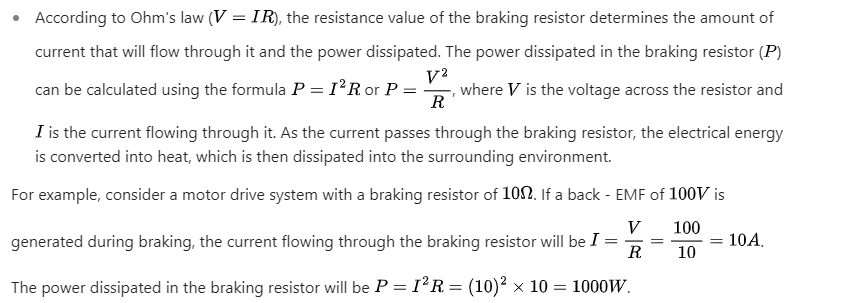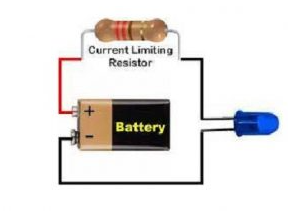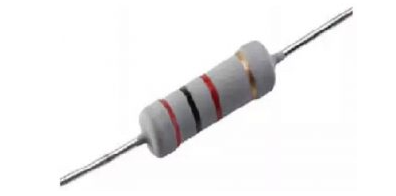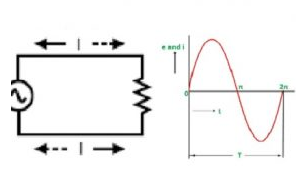Understanding Braking Resistors: Their Working Principles and Applications
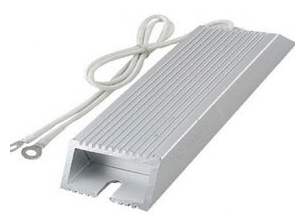
1. What is a Braking Resistor?
A braking resistor is a type of power resistor that is used to dissipate energy in a system. It is typically designed to handle high power levels and is often used in applications where the kinetic energy of a moving object or the stored energy in an electrical system needs to be dissipated quickly and safely.
2. Working Principle of Braking Resistors
3. Applications of Braking Resistors
Email us
-
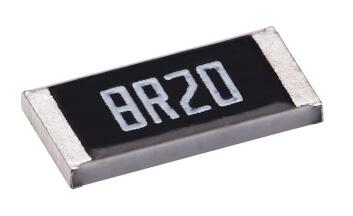 Moisture Resistant Resistors
Moisture Resistant Resistors
-
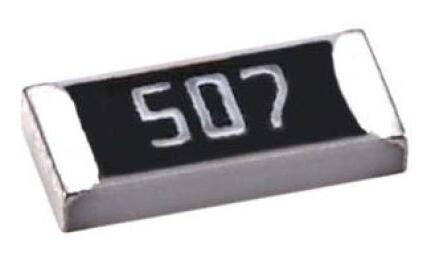 High Value Resistors
High Value Resistors
-
 Lead-Free Resistors
Lead-Free Resistors
-
 Anti-Sulfur Resistors
Anti-Sulfur Resistors
-
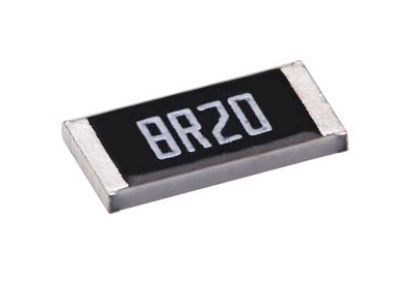 Low TCR Resistors
Low TCR Resistors
-
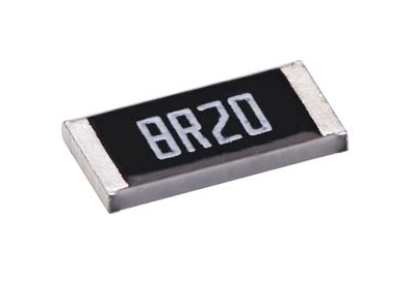 Precision Resistors
Precision Resistors
-
 RXF21A/B/C (FRT) wire - wound fusing resistors
RXF21A/B/C (FRT) wire - wound fusing resistors
-
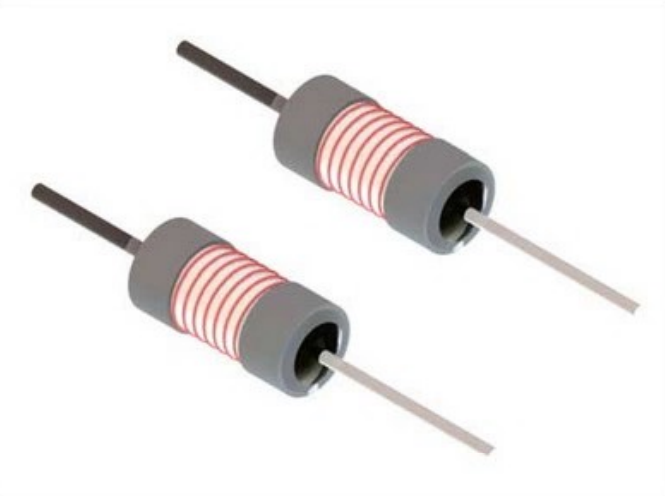 RFX21-T low-power full-short-circuit resistors
RFX21-T low-power full-short-circuit resistors
-
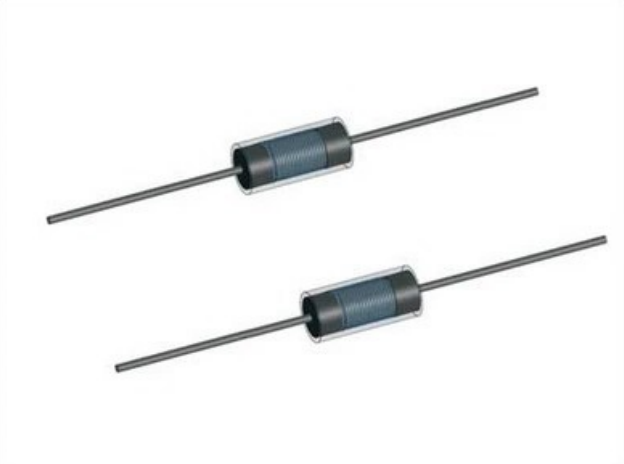 RFX21-D semi-short-circuit surge-resistant wirewound resistors
RFX21-D semi-short-circuit surge-resistant wirewound resistors
-
 RF10 painted thin-film fuse resistors
RF10 painted thin-film fuse resistors
-
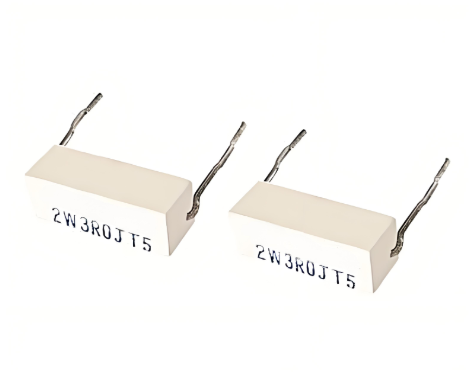 RF11 porcelain-cased thin-film fuse resistors
RF11 porcelain-cased thin-film fuse resistors
-
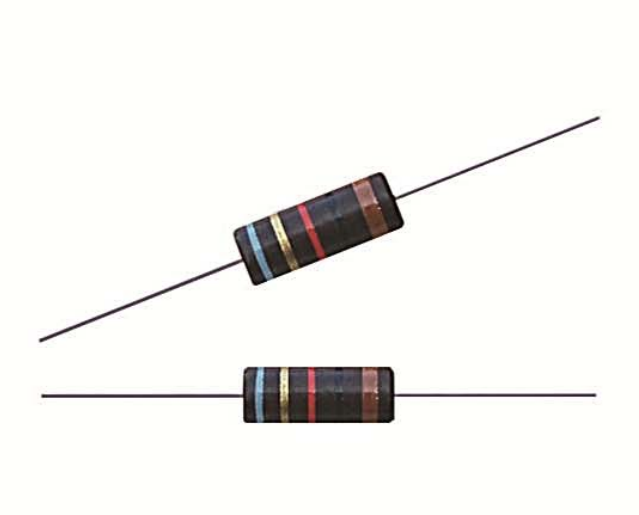 RWF molded wirewound fuse resistors
RWF molded wirewound fuse resistors
-
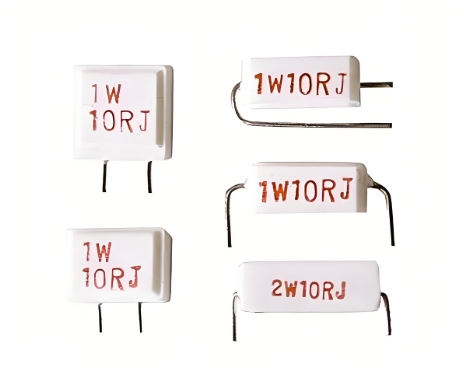 RXG21 (A/B/C/D) lightning surge-resistant wirewound resistors
RXG21 (A/B/C/D) lightning surge-resistant wirewound resistors
-
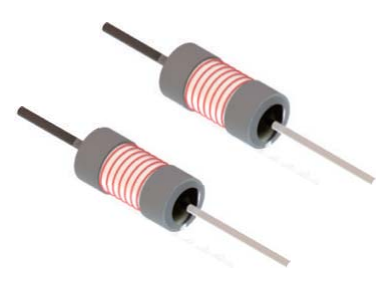 RXF21-TE power-type full-short-circuit temperature fuse resistors
RXF21-TE power-type full-short-circuit temperature fuse resistors
-
 RX22 Vitreous enameled wire - wound resistors
RX22 Vitreous enameled wire - wound resistors
-
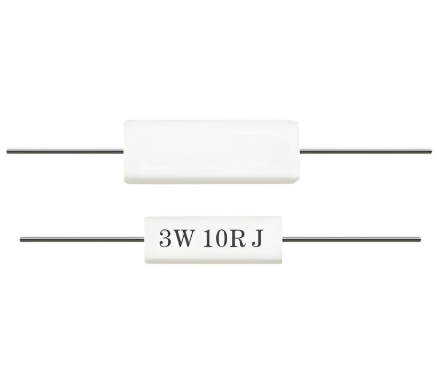 RX23 ceramic encased wire - wound resistors
RX23 ceramic encased wire - wound resistors
-
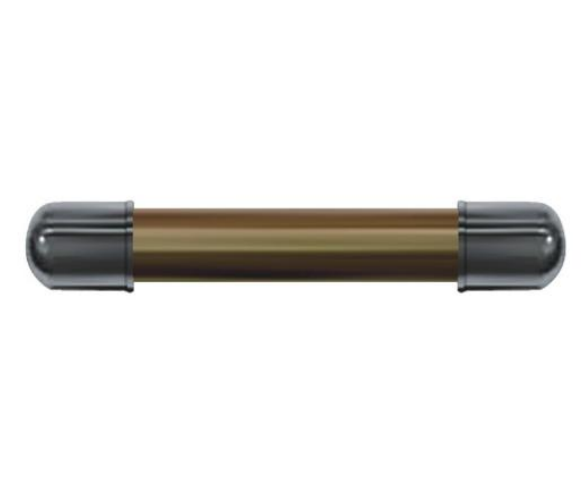 RX92 anti - interference wire - wound resistors
RX92 anti - interference wire - wound resistors
-
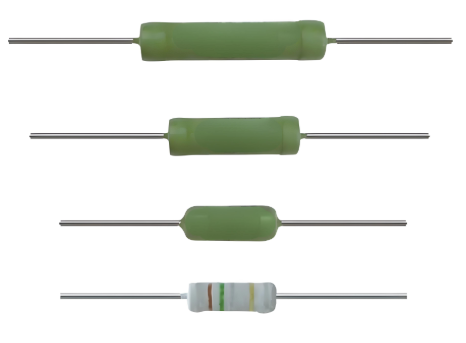 RX21 coated wire - wound resistors
RX21 coated wire - wound resistors
-
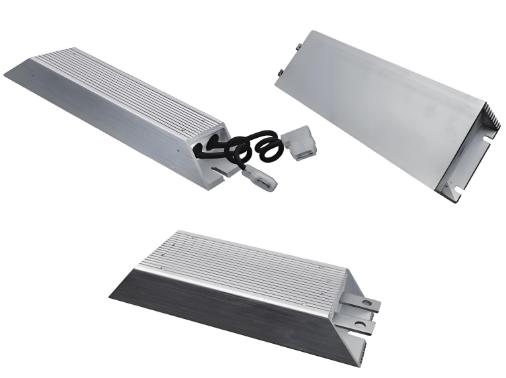 RXLG high power aluminum encased wire - wound resistors
RXLG high power aluminum encased wire - wound resistors
-
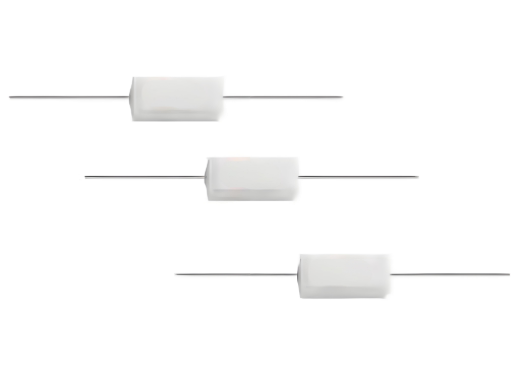 RX27 power ceramic encased wire - wound resistors
RX27 power ceramic encased wire - wound resistors
-
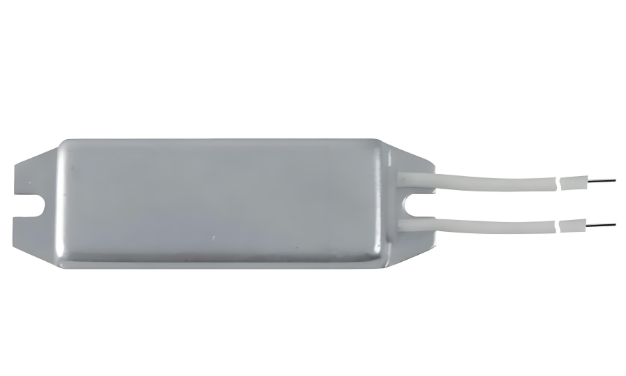 RXL power aluminum encased wire - wound resistors
RXL power aluminum encased wire - wound resistors
-
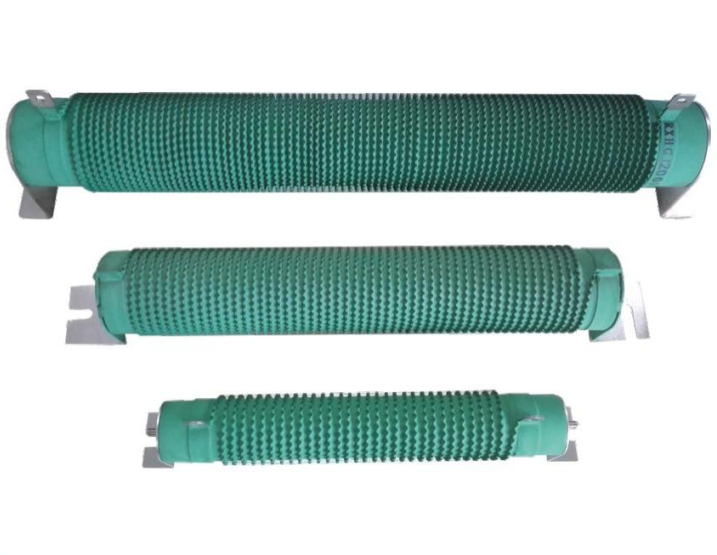 RXHGI high power wane ripple coated wire - wound resistors
RXHGI high power wane ripple coated wire - wound resistors
-
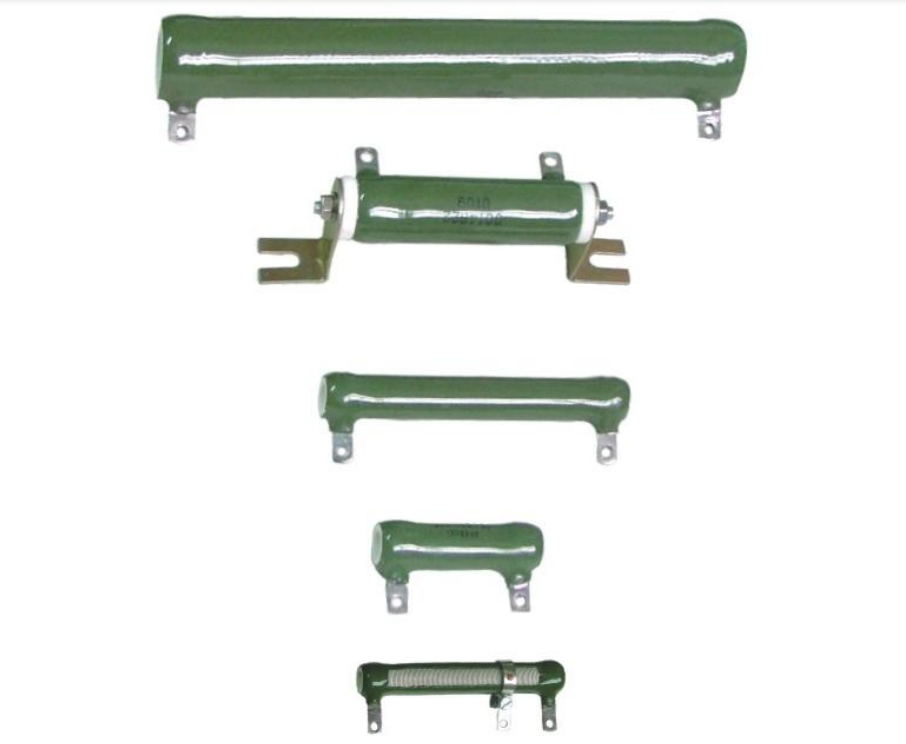 RX20 high power vitreous enameled wire - wound resistors
RX20 high power vitreous enameled wire - wound resistors
-
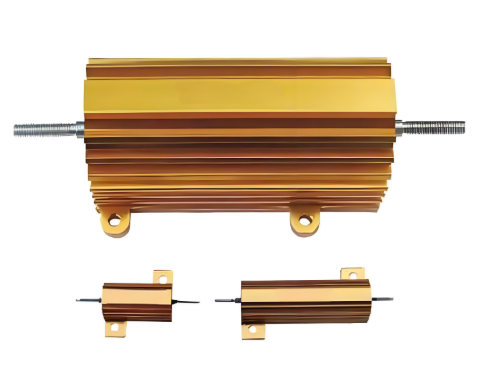 RX24 aluminum encased power wire - wound resistors
RX24 aluminum encased power wire - wound resistors
-
High Voltage Resistors: Working Principle, Applications, Safety Tips & How to Choose the Right One

<!-- Introduction -->IntroductionHigh voltage resistors are critical components in circuits requiring precise voltage control under extreme electrical stress. Understanding their working principle, ap...
-
The Working Principle of Power Shunt Resistors and Their Low Resistance Characteristics

<!-- 引言部分 -->IntroductionIn the field of electronics and electrical engineering, accurately measuring electrical current is crucial for various applications such as power management, battery m...
-
High precision resistor applications
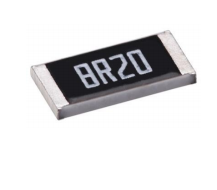
<!-- Introduction -->High Precision Resistor Applications: A 2024 Technical GuideHigh precision resistors are critical components in electronics where stability, accuracy, and low temperature coeffici...
-
Introduction to 10k Ohm Jumper Resistor Applications
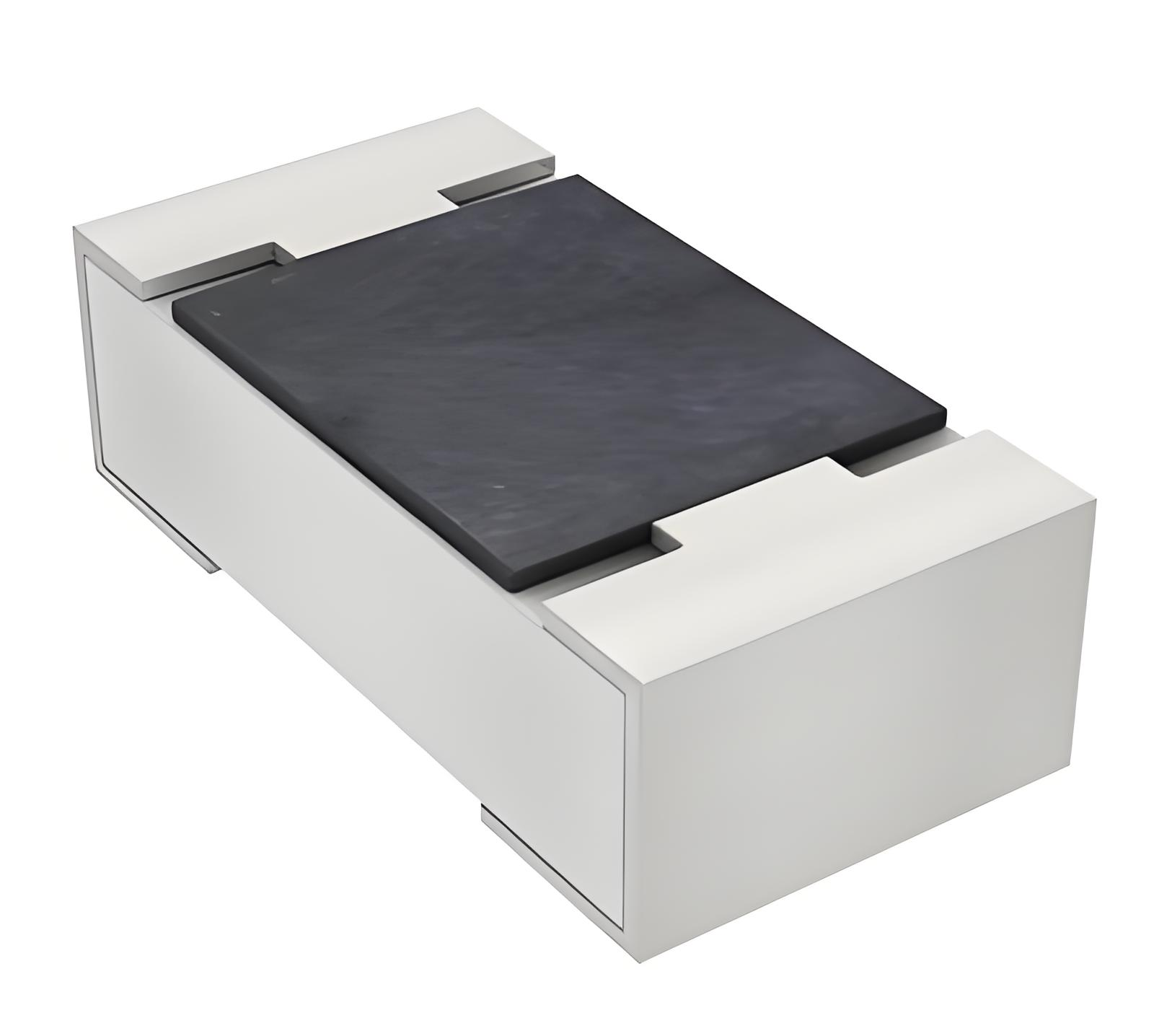
Introduction to 10k Ohm Jumper Resistor ApplicationsThe 10k Ω jumper resistor is a versatile component in electronic circuits, serving critical roles in configuration, signal conditioning, and fault ...
-
High Voltage Resistors in Consumer Electronics: Applications and Benefits

High Voltage Resistors in Consumer Electronics: Applications and BenefitsHigh voltage resistors play a crucial role in various consumer electronics applications, ensuring the safe and efficient operat...
-
Exploring Different Types of Alloy Resistors: Materials, Applications, and Characteristics

Exploring Different Types of Alloy Resistors: Materials, Applications, and CharacteristicsWelcome to this guide on alloy resistors. In this article, we will explore the different types of alloy resist...
-
Exploring the Versatile Applications of High Frequency Resistors in Modern Electronics and Beyond
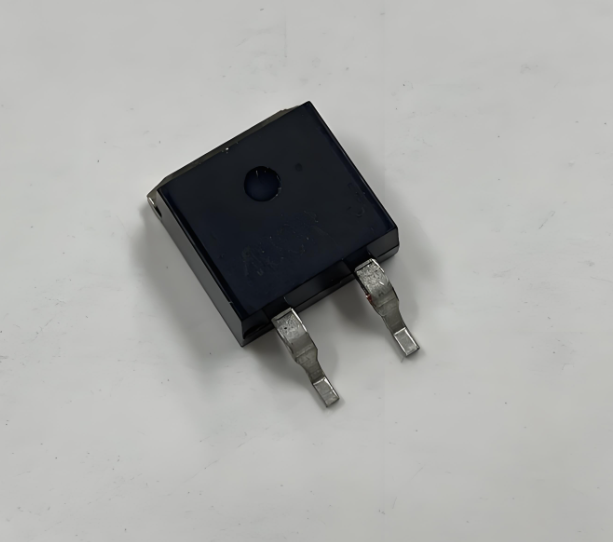
IntroductionIn the realm of modern electronics, the role of high frequency resistors cannot be overstated. As technology advances at a breakneck pace, the demand for components that can handle high fr...
-
High Performance Metal Film Resistors for Moisture-Prone Applications
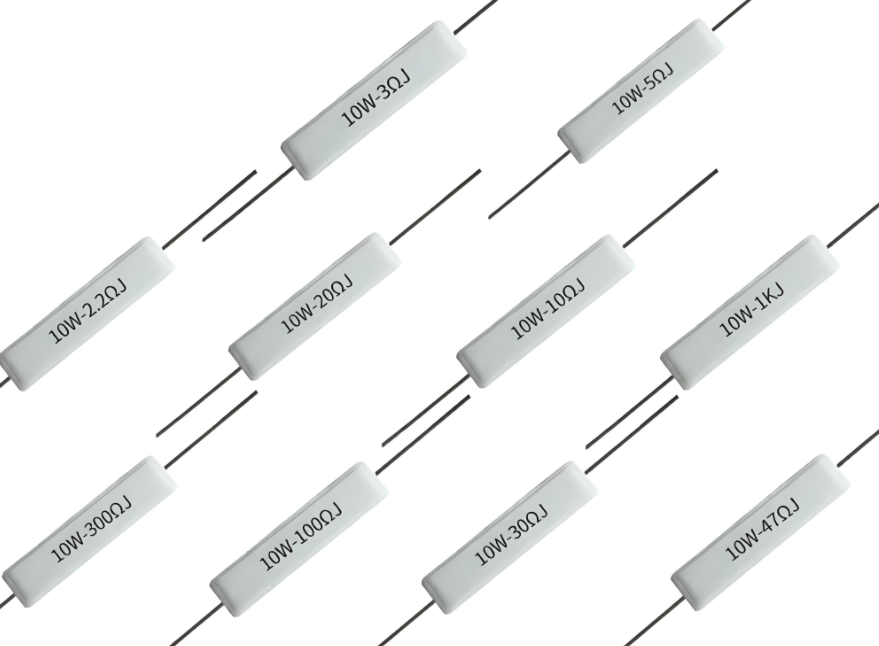
Introduction to High Performance Metal Film ResistorsIn electronic circuit design, selecting appropriate resistors is crucial, especially for devices operating in challenging environments. This articl...
-
Aluminum Nitride resistance to molten metals in electronic industry applications
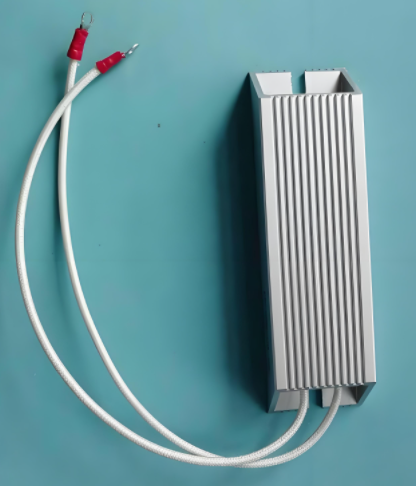
Aluminum Nitride Resistance to Molten Metals in Electronic Industry ApplicationsIn the electronic industry, Aluminum Nitride (AlN) is widely used due to its excellent thermal and electrical insulating...
-
Bulk Metal Foil Resistors: Precision and Performance for High - Accuracy Applications
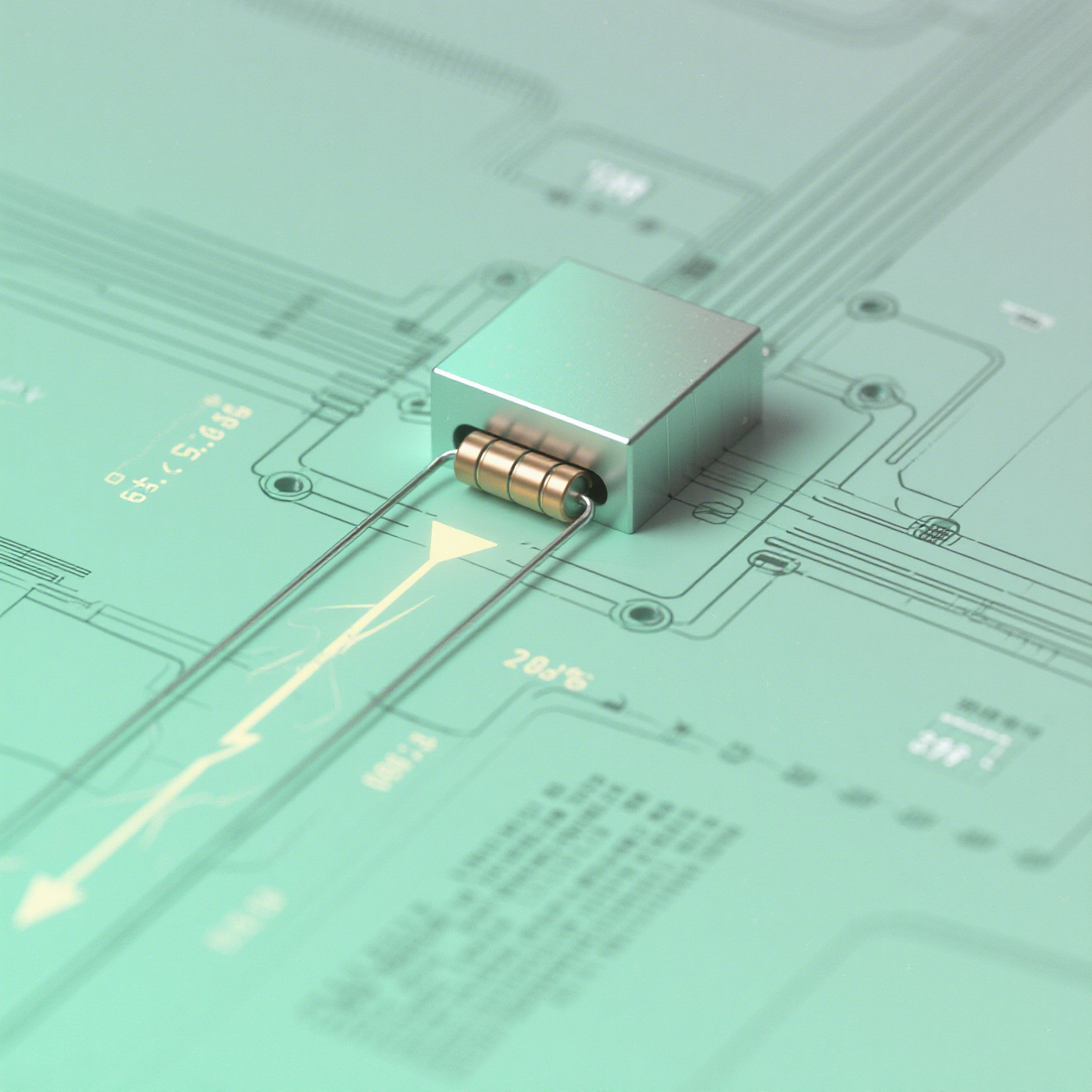
Bulk Metal Foil Resistors: Precision and Performance for High - Accuracy ApplicationsIn the world of precision electronics, Bulk Metal Foil resistors have emerged as a gold standard for applications d...
-
Thin Film Precision Resistors: Benefits and Applications for High - Accuracy Electronics

Thin Film Precision Resistors: Benefits and Applications for High - Accuracy ElectronicsThin film precision resistors have become indispensable in high - accuracy electronic applications. This article...
-
600W Power Resistor: Comprehensive Technical Specifications & Applications Explained
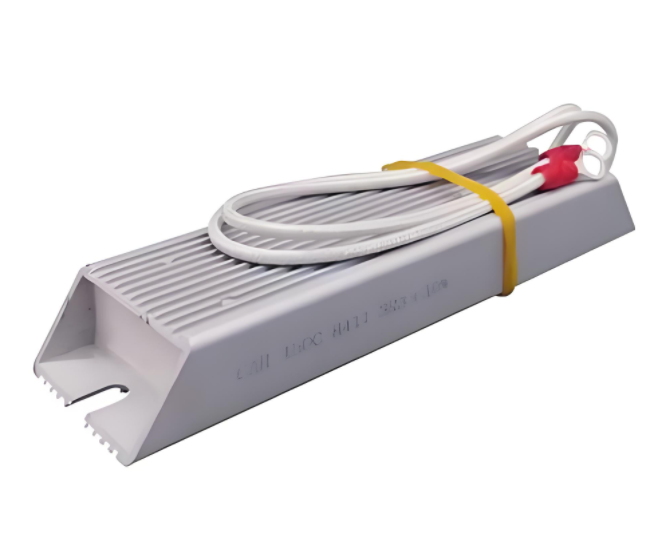
600W Power Resistor: Comprehensive Technical Specifications & Applications Explained<!-- 引言 -->IntroductionPower resistors up to 600W play pivotal roles in various industrial sectors like elec...
-
Exploring Precision Resistor Innovations: Advanced Solutions for High-Stability Applications

IntroductionIn today's rapidly evolving electronics landscape, precision resistor innovations are playing a pivotal role in ensuring performance reliability across high-stability applications. As ...
-
Why Aluminum Nitride's Resistance Properties Make It Ideal for RF Applications

IntroductionAluminum Nitride (AlN) has emerged as a critical material in radio frequency (RF) applications due to its exceptional electrical and thermal properties. Its high resistance to electrical b...
-
Precision Resistors in Medical Devices: Ensuring Accuracy and Reliability for Critical Applications
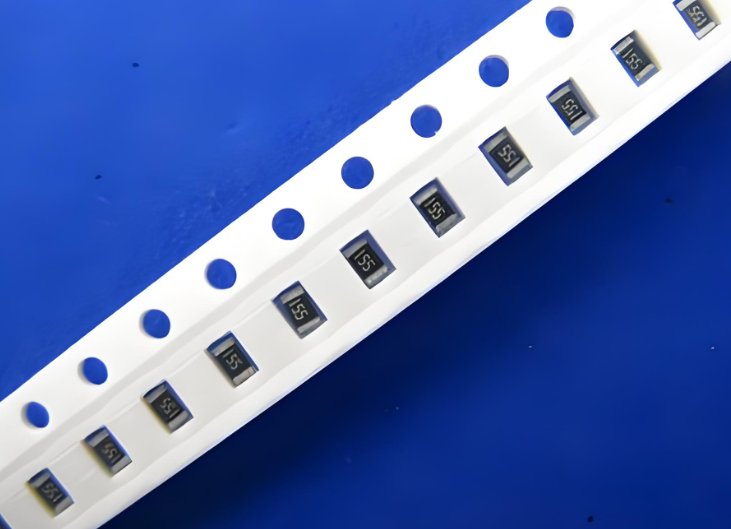
IntroductionIn the realm of medical devices, precision is not just a preference—it's a necessity. Precision resistors play a crucial role in ensuring the accuracy and reliability of medical equi...
-
What Is a KB Resistor? Definition, Function, Applications & Technical Specifications Explained

1. What Is a KB Resistor Core DefinitionA KB resistor is a fixed, through-hole resistor with a standardized nominal resistance value, most commonly 1kΩ (1,000Ω). Unlike variable resistors (e.g., pot...
-
Exploring the Benefits and Applications of Surface Mount Lead-Free Resistors in Modern Electronics
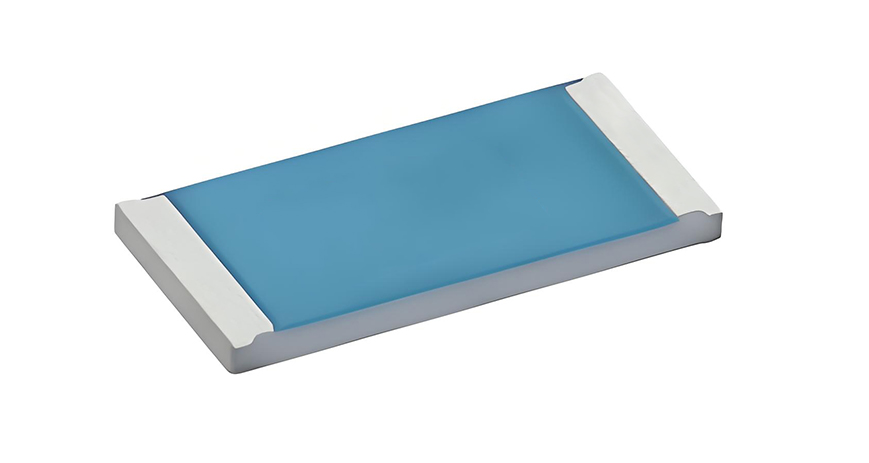
Exploring the Benefits and Applications of Surface Mount Lead-Free Resistors in Modern ElectronicsAs environmental awareness and regulatory requirements grow, lead-free electronics components are beco...
-
Power Shunt Resistor Applications: From Industrial Equipment to Renewable Energy and Electric Vehicles

IntroductionPower shunt resistors are essential components in various electrical systems, providing critical functions such as current sensing, voltage division, and power management. Their applicatio...
Resistor Supplies - Jepsun Tech Corporation
JEPSUN INDUSTRIAL is committed to always being one of our customers' favorite suppliers.
+86755-29796190 +8615920026751 [email protected]
Huangjiazhongxin building Donghuan Road Longhua District SHENZHEN City, GUANGDONG Prov. CHINA 518000

